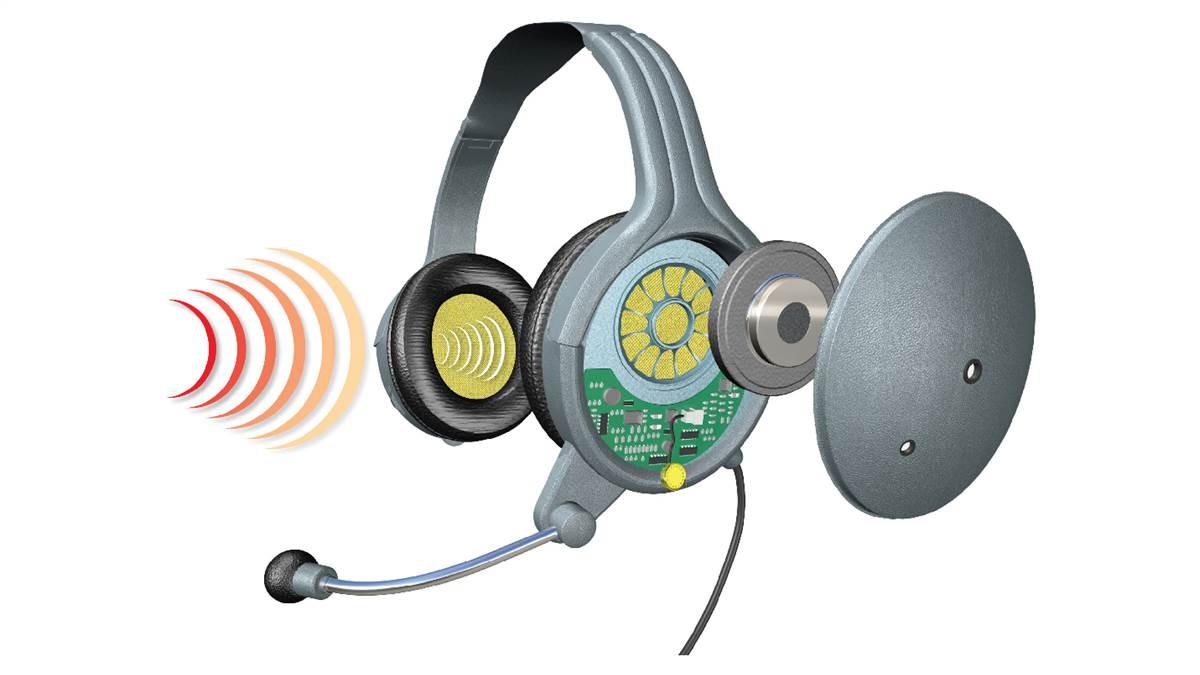
Hard as it is for today’s student pilots to believe, headsets are a relatively new cockpit accessory. Most people learned to fly by shouting and a system of rudimentary hand signals. Today there are dozens of headsets to choose from, including many that feature active noise reduction technology (ANR), which makes flying more comfortable and considerably reduces fatigue.
Although the process seems simple, the technology involved in making a good ANR headset is incredibly complex. Matt Ruwe, the senior product manager for Bose aviation and military headsets, says the company’s A20 headset “senses the sound, processes it, and cancels it” with an opposite frequency. The A20 has two microphones in each ear cup, one on the outside and one on the inside. Those microphones pick up the ambient sound from each environment, and then a combination of analog and digital circuits analyze it, and a speaker inside the ear cup sends out a frequency that’s on the opposite wavelength. In this case two sounds make it right.
According to Ruwe, ANR works well at low frequencies, which primarily come from the drone of the engine. In fact, he says, it would take a thick slab of lead to do an equivalent job at stopping the sound. High frequencies are stopped easily with the ear cup. It’s what the industry terms passive noise reduction.
The Bose A20 and its competitors do such an incredible job of reducing noise that Ruwe says most of the focus has turned to comfort and clarity. He said engineers at Bose work hard to lighten the headset, and to try and make it fit a variety of head shapes and sizes.



